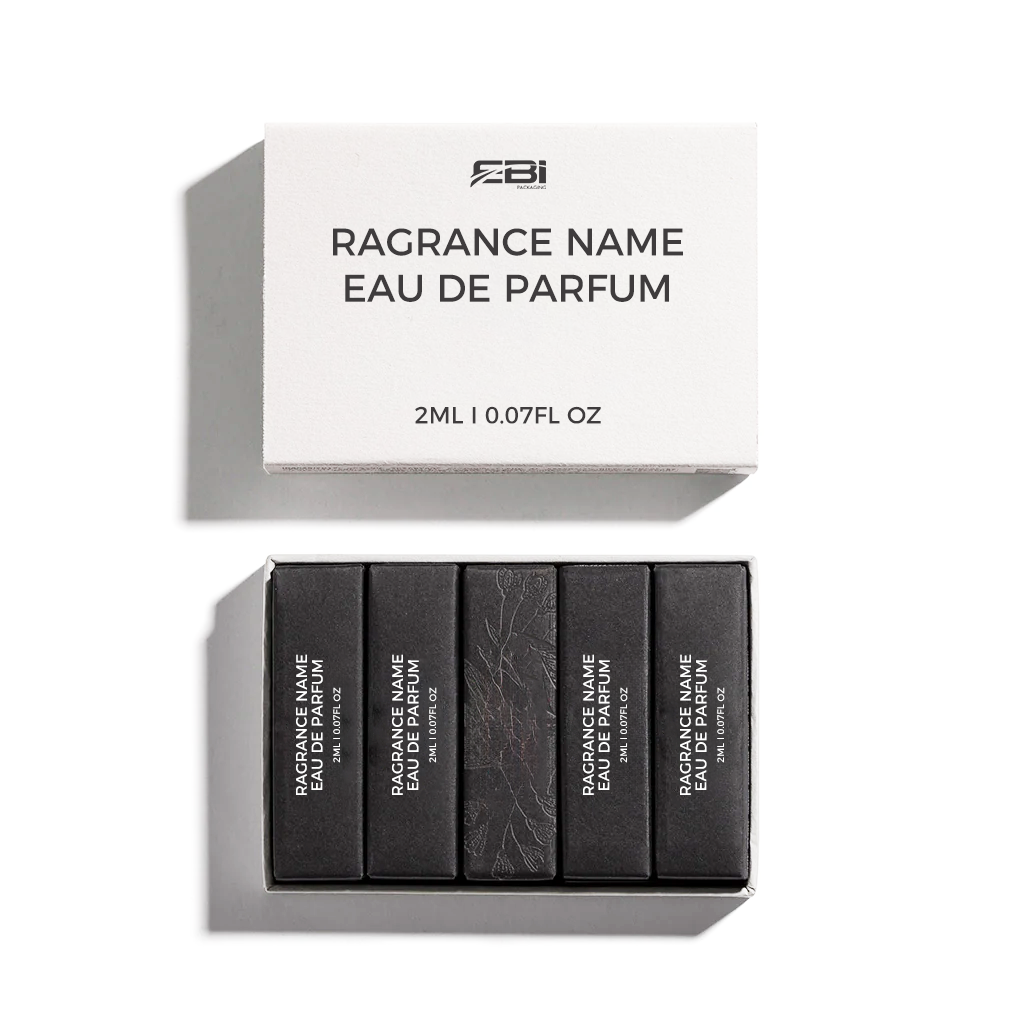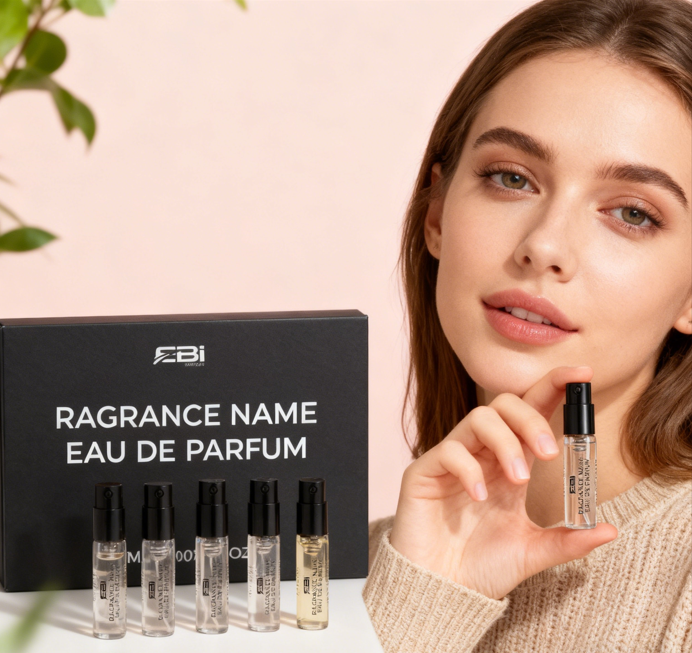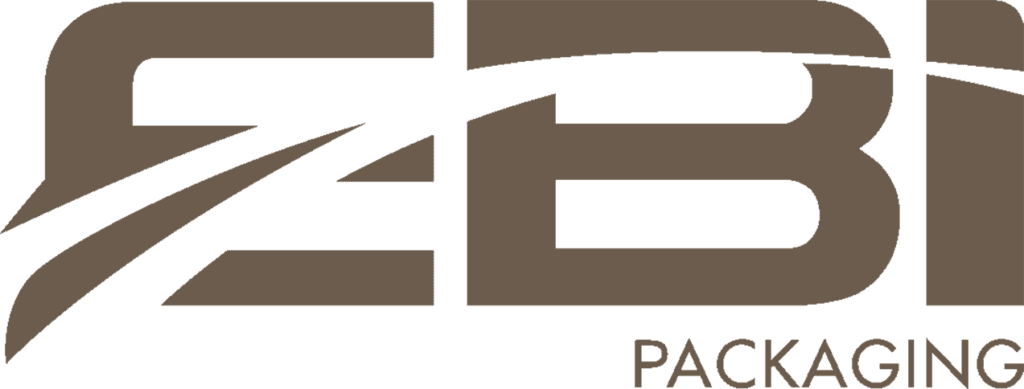A Complete Guide to Working with Manufacturers for Discovery Sets



Amidst the rapid growth of the fragrance industry, the Discovery Set has become a crucial product for perfume brands in marketing, sales conversion, and brand storytelling. For both emerging niche brands and established global fragrance houses, a well-designed, user-friendly, and high-quality Discovery Set can significantly lower the barrier for consumer sampling, increase conversion rates, and effectively convey the brand’s essence through a compact collection of samples.
However, creating a truly outstanding Discovery Set involves far more than just selecting bottles and outer boxes. Fragrance liquid stability, compatibility between the sprayer and bottle, sealing mechanisms, transport regulations, unboxing experience, surface finishing techniques, and mass production consistency… each step requires deep collaboration with a professional manufacturer.
This guide will systematically walk you through the key processes of working with a manufacturer to develop a Discovery Set—from project initiation to mass production delivery. It covers critical considerations, customization options, potential pitfalls, and how to select the right factory. Using EBI’s production experience as a case study, this article will also illustrate the value a “top-tier manufacturer” brings to the industry.
What is a Discovery Set & Why is it Important?
A Discovery Set is essentially a low-cost sampling method, allowing consumers to experience a full range of scents with minimal commitment.
It typically includes:
1–3 ml mini glass or aluminum bottles
Mini sprayers or vial/ampoule formats
An internal insert to securely hold the bottles
An outer box that reflects the brand’s image
Its core business values are:
Increased Conversion Rates: Consumers are more likely to purchase a Discovery Set than blind-buy a full-size bottle.
Brand Storytelling: Through the curated combination of scents, it conveys the brand’s world, olfactive concepts, or collection inspiration.
Boosted Repurchase & Social Sharing: Beautifully crafted sets are often shared as gifts, collectibles, or social media content, driving secondary exposure.
Creating a Sustainable Sales Channel: Many brands use Discovery Sets to funnel customers into their full product lines.
What to Define Before Starting Your Project
Before approaching a manufacturer, brands should clarify three fundamental directions:
Project Positioning & Target Audience
New product launch?
Holiday gifting?
New customer acquisition?
Luxury positioning or Eco-conscious route?
Different objectives typically dictate different capacities, materials, and budgets.
Set Capacity & Number of Samples
Common configurations:3-piece | Mini introductory experience
5-piece | The most common Discovery Set format
7-piece | Thematic series (e.g., seasons, zodiacs, occasions)
10+ pieces | Full core collection showcase
Style Direction & Budget
This includes:Material: Aluminum / Glass / Plastic bottles
Unboxing Experience: Drawer-style, top-bottom lid, magnetic closure, snap-fit
Surface Treatment: Anodizing, electrophoresis, spraying, silk-screen printing, hot stamping
Clear direction enables the manufacturer to provide accurate proposals and quotations.
How to Choose a Professional Discovery Set Manufacturer
While many factories can produce sample sets, truly experienced manufacturers within the fragrance industry are relatively scarce. Key selection criteria include:
One-Stop Service Capability
An excellent supplier should offer:Bottle production (glass, aluminum, plastic)
Sprayer and component supply
Outer box structural design and customization
Printing and surface treatment
Assembly and quality inspection
EBI, for instance, provides comprehensive one-stop capabilities (bottle + sprayer + outer box + assembly), reducing communication overhead for brands.
Sampling Speed & Development Expertise
The fast-paced fragrance industry demands a factory that can:Provide structural design advice
Offer 3D prototyping
Quickly produce color samples and bottle samples
Proactively identify potential production risks
Quality Control System
Key tests must include:Leakage tests
Spray/Aerosolization performance tests
Color consistency checks
Drop and friction resistance tests
International Shipping & Compliance Experience
Perfume is classified as a flammable liquid, with varying regulations across markets. An experienced factory will proactively advise on compliance requirements to mitigate risks.
Core Components of a Discovery Set
Bottle: Defines Texture & Brand Identity
Common materials:Aluminum Bottles: Lightweight, excellent seal stability, recyclable, travel-friendly.
Glass Bottles: High-end feel but fragile.
Plastic Bottles (PET/PP): Cost-effective but less premium for luxury brands.
Ampoules: Strong medical aesthetic, suitable for perfume oils or single-use samples.
EBI primarily advocates for aluminum/glass sample bottles due to their superior leak resistance, versatile metal finishing options, and recyclability.
Sprayer: The Soul of the Aerosol Experience
Key factors influencing user experience:Spray particle fineness (mist quality)
Pump liquid discharge stability
Actuation feel
Leakage rate
Professional manufacturers conduct compatibility testing to ensure the fragrance liquid does not react with the pump components.
Outer Box Structure: The First Impression of Brand Vision
Common structures:Top-Bottom Lid
Drawer-style
Flip-top with Magnetic Closure
Snap-fit Closure
Sustainable Paperboard Box
Insert & Layout
Material options:EVA foam
Plastic blister tray
Molded Pulp (growing eco-trend)
Custom molded plastic shapes
Customization Options to Elevate Brand Experience
Common customizable elements include:
Custom bottle colors (Pantone matched)
Finishing processes: Anodizing, Plating, Spraying, Electrophoresis
Logo application: Laser Engraving / Silk-Screening / Pad Printing / Hot Stamping
Special box materials and textured papers
Thematic conceptual design (e.g., scents for specific scenes or seasons)
These custom elements are among the most effective ways for a brand to enhance its distinctiveness.
Sampling & Sample Approval Process
The general workflow:
Project requirement discussion
Structural drawings & 3D proposal
Initial grey model prototyping
Bottle sample & surface treatment sample production
Sprayer compatibility and leakage testing
Outer box sampling
Final confirmation of the Golden Sample
Proceed to Mass Production
A high-quality manufacturer will proactively communicate risks, limitations, and optimization opportunities at every stage.
Production & Timeline Management
Discovery Set production typically involves:
Raw material sourcing
CNC or metal processing
Surface treatment
Printing techniques
Assembly
Multiple rounds of QC inspection
Packaging and shipment
The standard lead time is 30–35 days, but complex crafts, custom mold creation, or peak holiday seasons necessitate a more generous timeline.
Quality Management: Ensuring a Flawless Consumer Experience
A professional factory must implement:
Leakage & Seal Integrity Testing: Including transport simulation, temperature variation tests, and horizontal placement checks.
Spray Consistency Testing: Ensuring stable spray angle and mist consistency for every sprayer.
Surface Finish Durability Testing: Verifying that plating, painting, etc., do not chip or fade.
Color Difference Control: Maintaining Pantone color deviation within ±0.2 or a custom standard.
Experienced factories provide detailed QC reports and full-process visual documentation.
Sustainability: A Focus for Modern Fragrance Brands
As modern consumers become more eco-conscious, manufacturers should offer:
Recyclable aluminum bottles
Molded pulp inserts
Plastic-free box structures
Designs that facilitate easy disassembly of composite materials
Lightweight designs to reduce shipping footprint
EBI’s aluminum Discovery Sets, for example, significantly lower carbon footprint and align with global sustainability trends.
Budget & Cost Structure
Key factors determining price:
Bottle material and finishing processes
Sprayer quality
Outer box structural complexity
Printing techniques (screen printing, hot stamping, spot UV)
MOQ (Minimum Order Quantity – higher quantities generally reduce unit cost)
Need for custom mold development
A professional manufacturer provides transparent cost breakdowns for easier budget planning.
Conclusion: An Outstanding Discovery Set is a Microcosm of Your Brand Story
In today’s competitive fragrance market, a Discovery Set is more than just a collection of samples; it is the gateway to the brand’s world and the first step in building consumer affinity and emotional connection.
Partnering with a manufacturer that truly understands the fragrance industry and possesses professional production capabilities will help your brand:
Enhance product quality and feel
Mitigate risks
Accelerate time-to-market
Create a more distinctive and memorable experience
If you are seeking a reliable manufacturing partner to develop a Discovery Set that embodies your brand’s unique character, we welcome you to contact EBI at any time.
